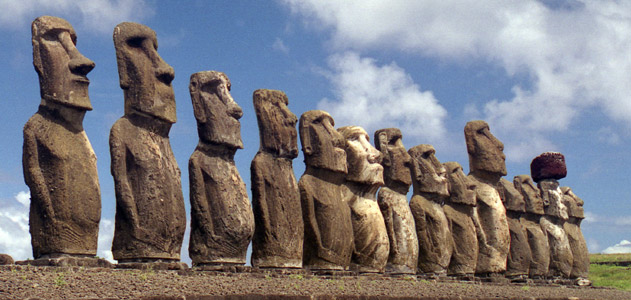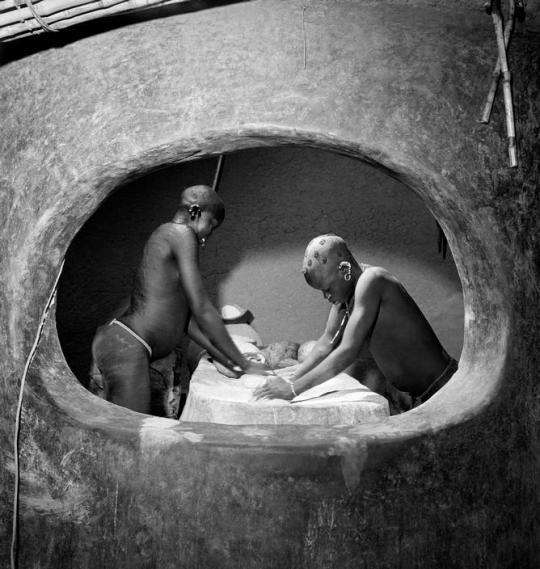Густые темные джунгли Амазонии таят в себе много неизвестного. В непроходимых лесах Бразилии живет индейское племя ава, которое до сих пор придерживается древних традиций. Дело в том, что женщины этого племени, кроме собственных малышей выкармливают грудью разных диких животных, в частности белок. Практически у каждой семьи в племени ава есть прирученное домашнее животное, которое мать семейства кормит грудью, пока зверек не вырастет. Животных, выросших на грудном вскармливании, Ава не употребляют в пищу. Фотографу Доменико Пульезе выпала уникальная возможность заглянуть в это закрытое сообщество и сделать фоторепортаж, который мы представляем тебе сегодня. Фотограф делится наблюдениями: «Они кормят белок и обезьян точно так же, как кормят своих детей, — грудью. Они так близки к природе. На самом деле даже не близки — они являются частью природы!» — говорит он. Чего добру пропадать?!

Сегодня племя ава насчитывает лишь 350 человек. С трудом верится, но 100 из них никогда не имели контакта с внешним миром.
Пульезе узнал об этом племени и увидел его воочию лишь в 2009 году.
Да, эта картина у наблюдателя вызывает шок. Однако нужно понимать: сколько в мире народов и племен — столько и традиций. То, что для одного кажется диким, для другого — обычное дело
Источник: https://chudesa.site/drevnyaya-tradiciya-etogo-amazonskogo-plemeni-povergaet-v-shok-okruzhayushhix-u-menya-volosy-vstali-dybom-2/ .








































